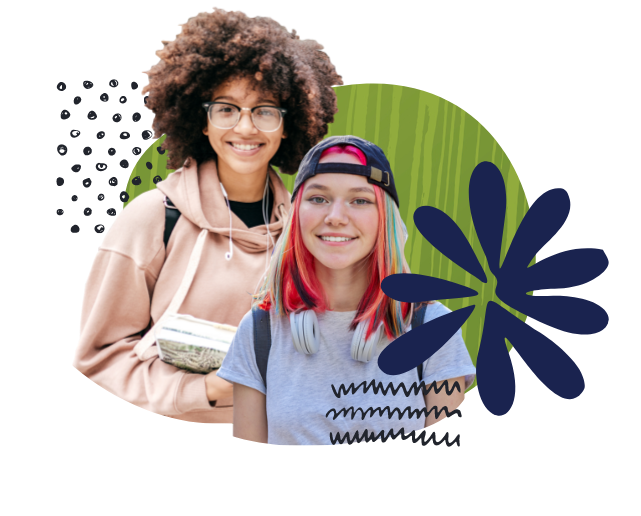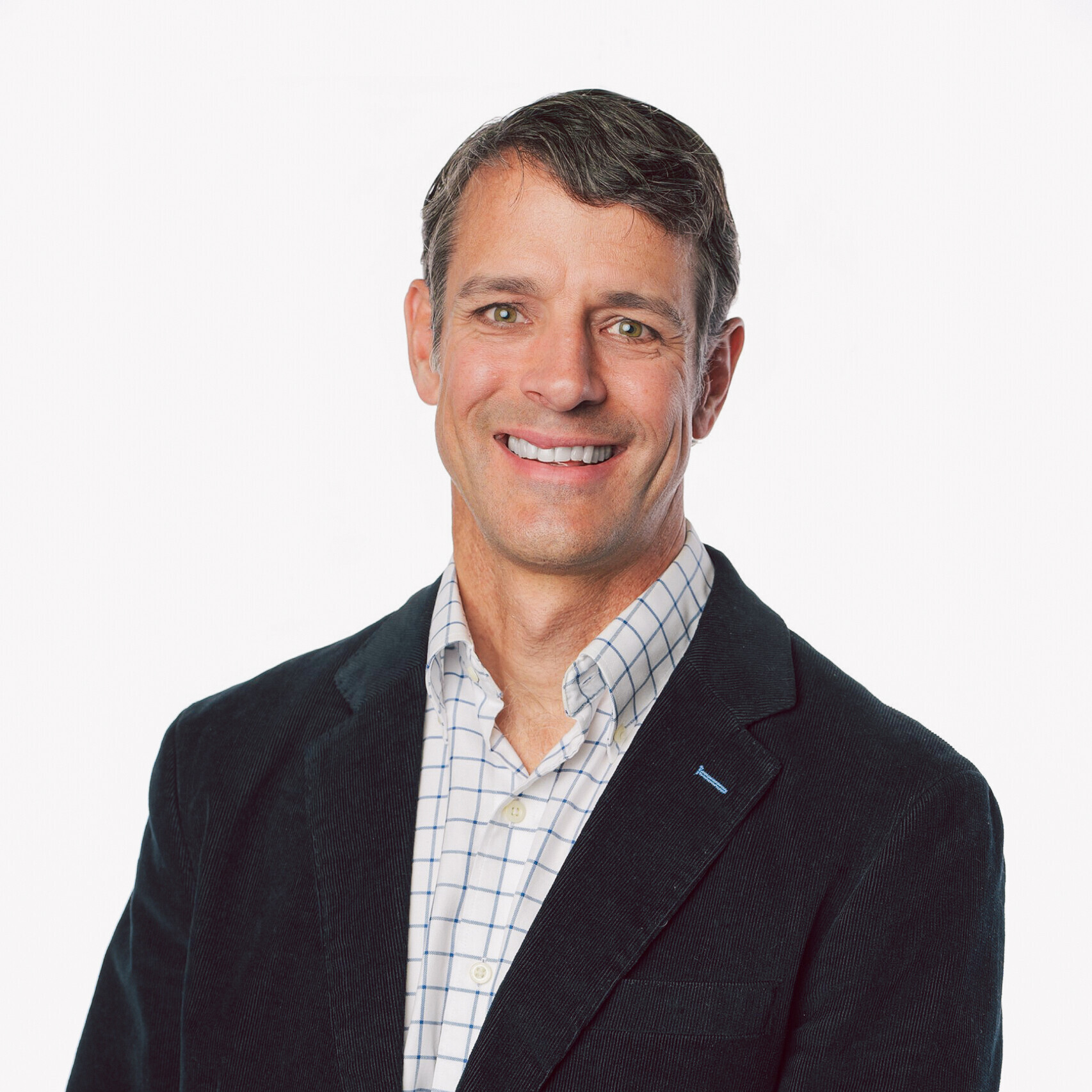Khan World School – One Year Later
Key Points
-
The promise of Khan World School is a small, academically challenging virtual microschool model serving students from around the world.
-
The program is personalized and mastery based using the offerings of partners Sal Khan of Khan Academy and ASU Prep.

Multiple education innovations are converging rapidly to build better experiences for all young people. The microschool movement, long established but accelerated by the pandemic, has led to the launch of hundreds of new small learning environments across the country. Artificial intelligence promises to improve personalizing learning, provide every student with a learning coach and free up time for educators to build stronger relationships with young people. Mastery and competency-based approaches are gaining momentum as states and districts seek to move from time-based credit to skill-based credit in an attempt to improve outcomes for students. Finally, the integration of real-world experiences into especially high school is increasing relevance and career readiness for students. These forces of microschools, AI, competency-based and real-world will drive the future of learning. Last fall, we reported on the launch of Khan World School – a partnership between Arizona State University (ASU) and Sal Khan. At the completion of the first year of operations, the school is successfully meeting the challenge of these four converging innovations.
The promise of Khan World School is a small, academically challenging virtual microschool model serving students from around the world. The program is personalized and mastery based using the offerings of partners Sal Khan of Khan Academy and ASU Prep. Small group tutorials help students accelerate their learning while weekly seminars bring the real world in through relevant topics generated by RISC at the University of Chicago. It is not easy to build culture and climate through an online learning experience, but the school has tackled this challenge by designing a house system for advisory and group connection. Within the houses, students complete projects and rely on peer mentoring and tutoring both within the program and through schoolhouse.world tutors (another program built by Sal Khan and his team). Many of the students tackled ASU college courses to accelerate their progress toward a college degree.
The promise of Khan World School is a small, academically challenging virtual microschool model serving students from around the world.
Nate Mcclennen
So what happened by the end of the first year for the approximately 50 9th graders who were part of the inaugural class? First, average growth via standardized metrics proved extraordinary. Students’ percentile score average is 90% or higher in all subjects (Reading 90%, Math 92%, ELA 98%) and from the beginning of the year to the end of the year, scaled score improved 2.8 times the typical growth in Math, 3.4 times the typical growth in Reading, and 5.3 times the typical growth in Language Arts. While this data supports a strong traditional model, students also loved the seminar to discuss real and relevant global topics. Given the geographic diversity of the class with about half of the students from Arizona (where tuition is free) and the other half national or international (8 countries) students, educators (called learning guides) reported that listening, empathizing and understanding other points of view became well established by the end of the year.
With this first-year success, Khan World School is expanding to 6th-12th grade next year. As with any new venture, the learning model will evolve based on feedback and observations from this past year which include:
- Onboarding. The shift from time-based to mastery-based can be difficult for students who have been well-trained in compliance rather than agency. In response to this, the school is building a robust onboarding program to help with the adjustment.
- Scale: While online learning is one solution to impact more students, the team also predicts that the model will succeed within an existing bricks/mortar school. To test this hypothesis, the team is exploring partnerships with existing schools to embed Khan World School. This microschool within a school model may help scale the microschool movement in general – providing microschool benefits within the traditional system.
- Purpose. Students asked for a continued focus on purpose through projects and seminars. Given the most recent survey data indicating challenges with K12 engagement, the school is well-poised to build on and improve relevant and real-world learning from the first year.
- Artificial intelligence. With the addition of Khanmigo to Khan Academy, the school now has the start of a personal tutor for every student. Khan World School students will continue to test this tool, especially around using AI to evaluate higher order tasks more efficiently.
- Student profile. While the school focused on traditionally-evaluated high-aptitude students, the team learned that the profile of a successful Khan World School student centered more on characteristics such as willingness to learn, self-regulate, be curious and commit to the school model. As education moves towards mastery-based approaches, these learner characteristics will be critical for student success.
- Accelerated college. The positive reception to college courses in year one prompted the school to offer almost all 10th-12th grade courses for college credit through ASU. This increases the odds that graduates will earn a college degree faster and without significant accumulated debt.
In the long term, Sal Khan sees a three part system to support Khan World School students. The existing Khan Academy model enables personalized and individual practice on content and skills. Embedded AI tools provide scalable 1:1 coaching and assessment for all. Finally, the schoolhouse.world model of connecting peers to support human-powered acceleration of learning will support human connections around learning.
As Khan World School embarks on year two, it fits within the larger microschool portfolio of ASU Prep. Hybrid learning within existing schools and in-person college campus microschools offer opportunities for on-site students in the Phoenix area – complementing the virtual programs of ASU Prep Digital and Khan World School.
“With the launch of any new learning model, we’re carefully assessing its efficacy in meeting student needs and ensuring we are anchored to our commitment to increasing academic achievement. With KWS, we had high expectations, but the outcomes were far more dramatic than we anticipated. It’s a clear signal the program can bring meaningful opportunities for accelerated students who are motivated by curiosity and the joy of learning.” – Amy McGrath, ASU Prep Managing Director
As education models move towards microschools powered by AI, personalized learning and competency-based approaches embedded in the real world, learning from the Khan World School initiative should help all innovators.





0 Comments
Leave a Comment
Your email address will not be published. All fields are required.